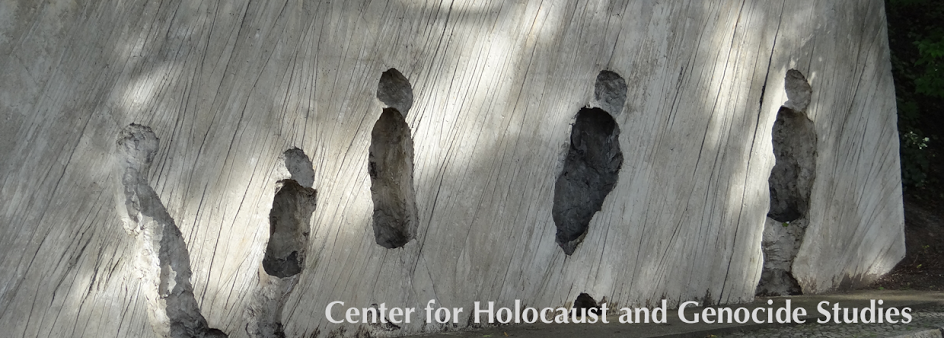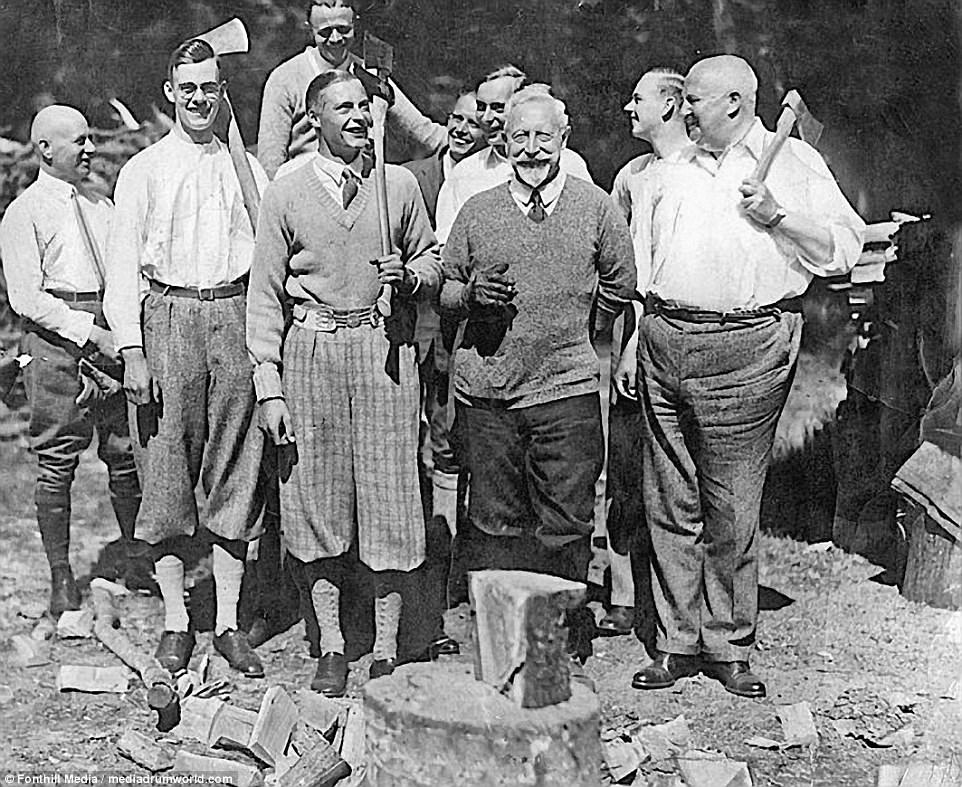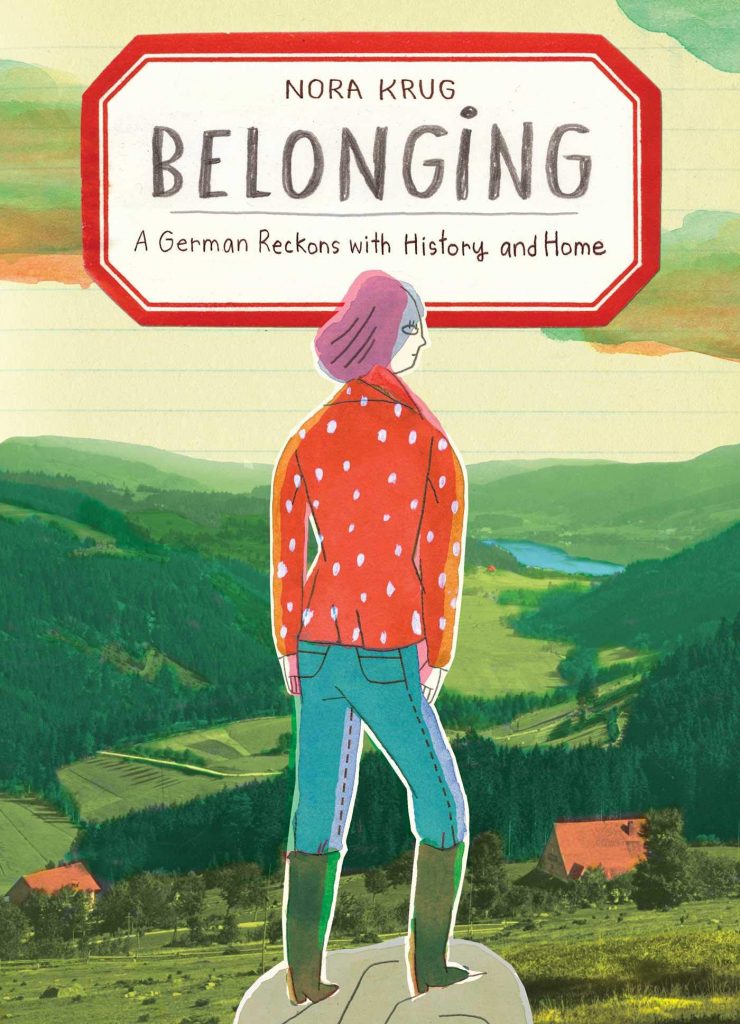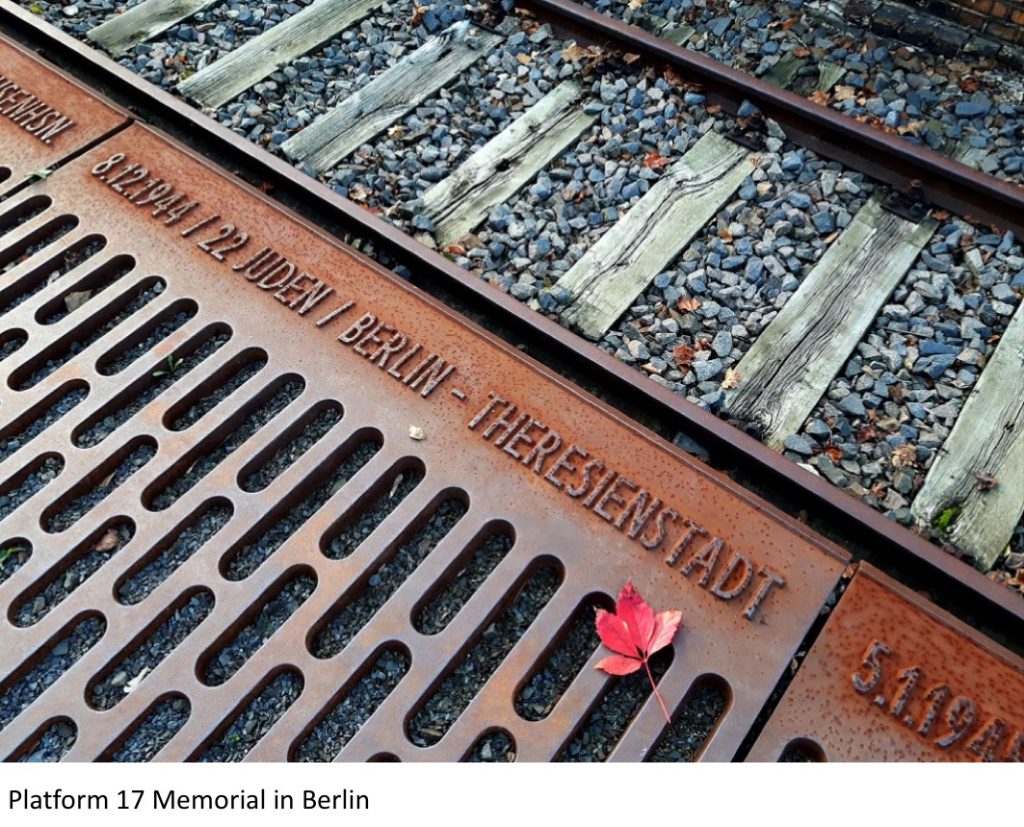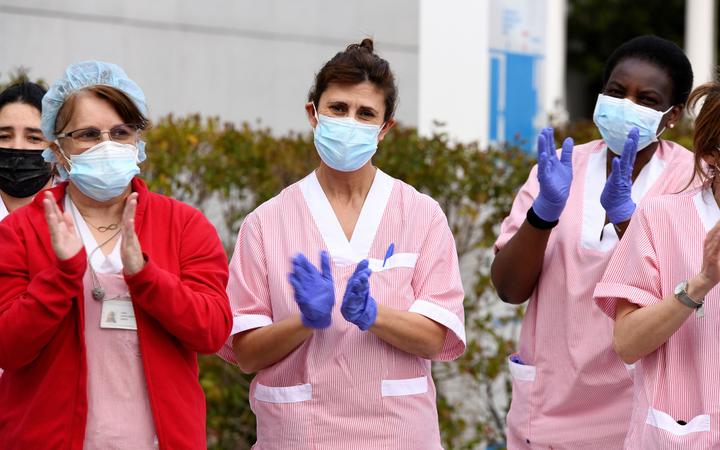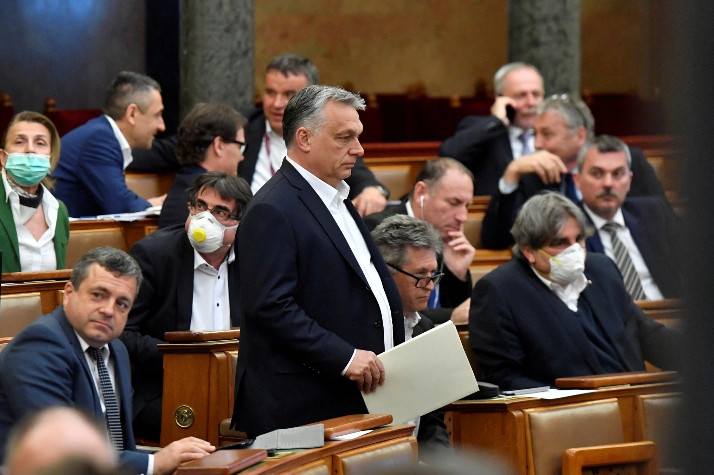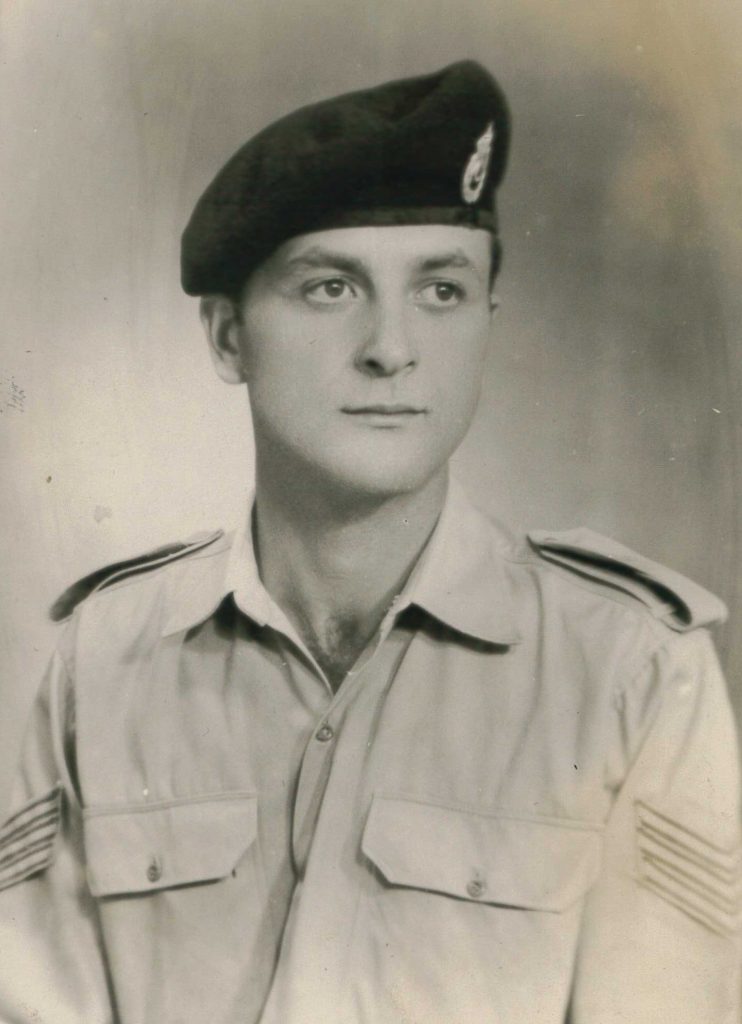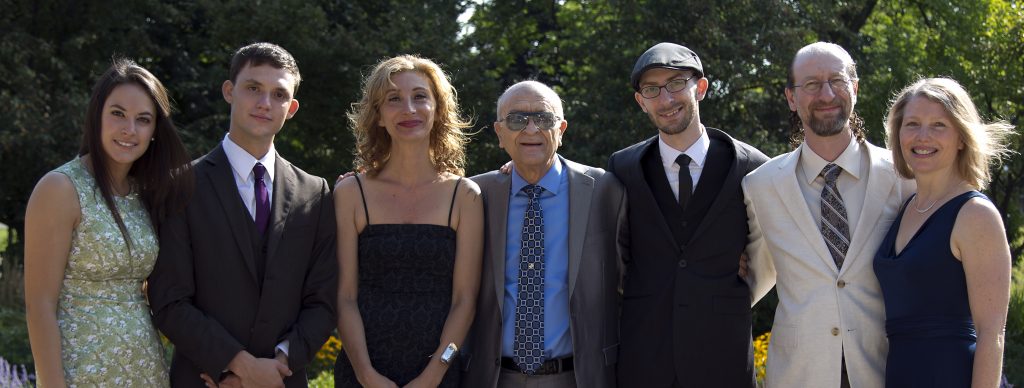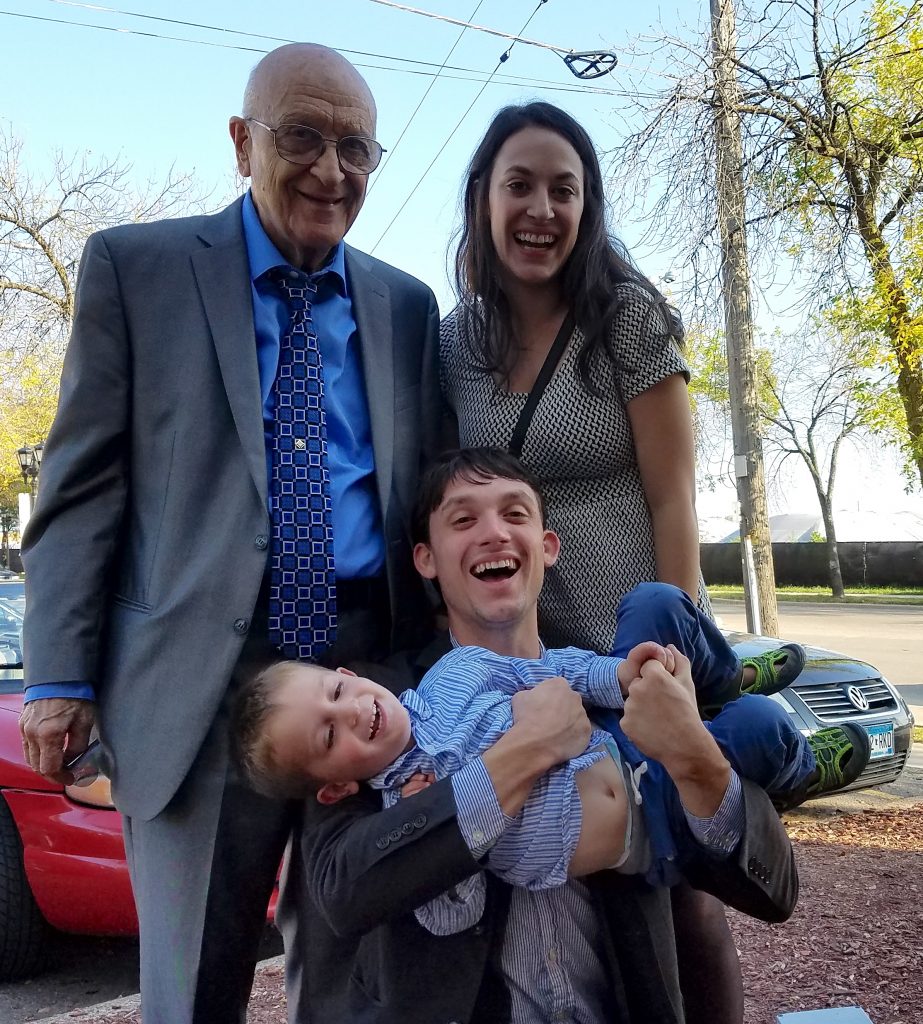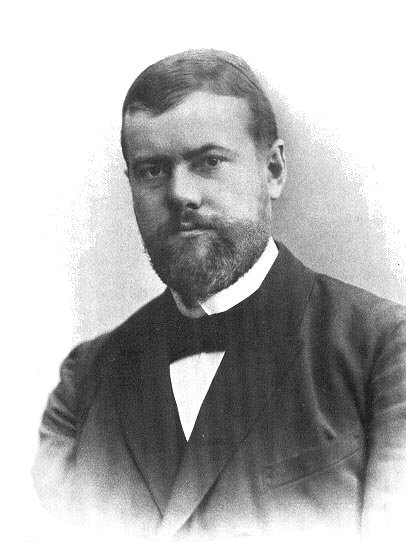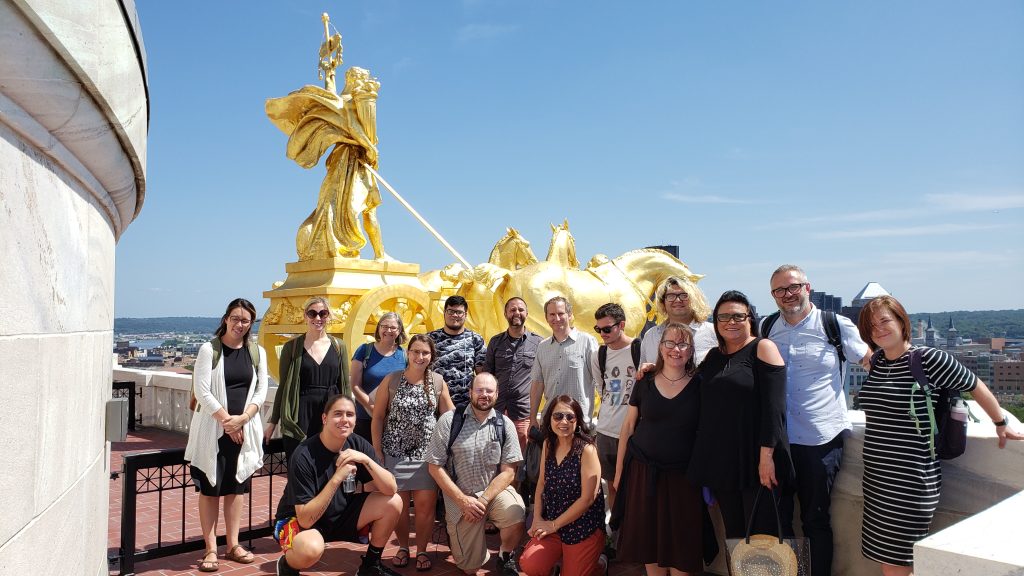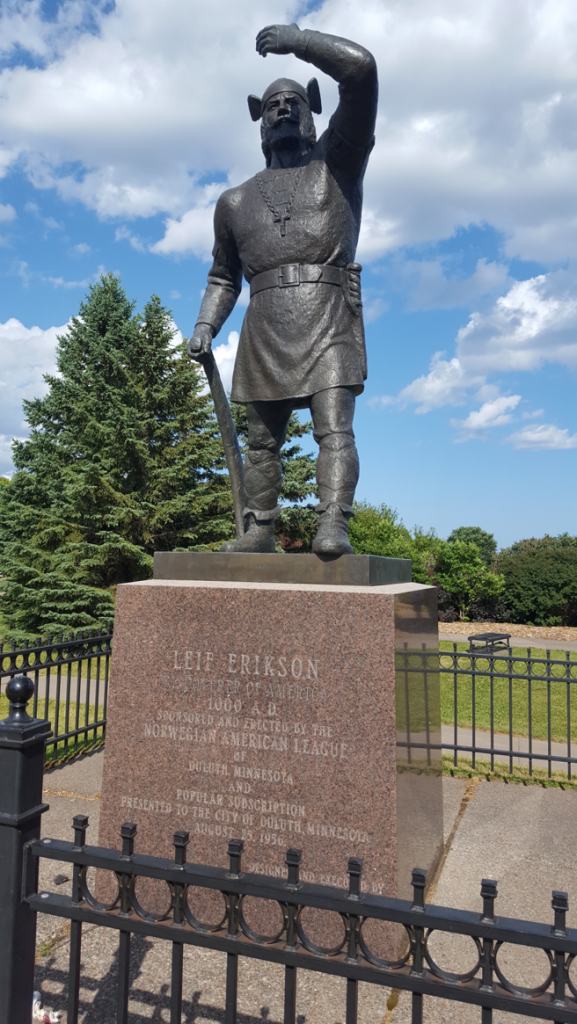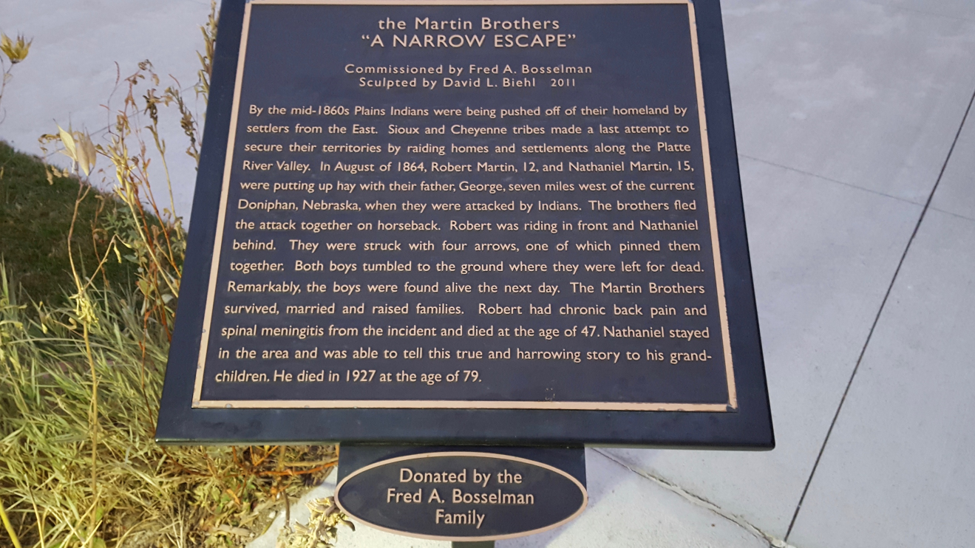Ran Zwigenberg, Associate Professor of Asian Studies, History and Jewish Studies at Pennsylvania State University, was recently hosted by the Center for Holocaust and Genocide Studies and Center for Jewish Studies. He gave a talk entitled: “Survivors: Psychological Trauma and Memory Politics in Hiroshima and Auschwitz.” I sat down with Dr. Zwigenberg for a wide-ranging conversation covering survivor politics, the gendered dimensions of social work, praxis of care, the notion of social trauma, and other topics related to the global politics of memory.*
Nikoleta Sremac: One thing I’m curious about which you mentioned in your talk is the application of the concept of trauma from psychiatry and psychology to sociology, or other fields where it’s used in a collective sense like this idea of cultural trauma. What is your take on that concept?
Ran Zwigenberg: I’m very ambivalent about that concept. I don’t reject it completely. I think there are a lot of good arguments made by very smart people for social trauma. However, I’m ambivalent about using psychological concepts that pertain to particular psychological events and individual bodies and expanding them to the body politic or the social body. This has too much resonance to organic ideas of community which I’m very hostile to. It also for me is a bit of a shortcut that I don’t want to take. There is an example in my book, where one scholar said that there is a lapse between the Holocaust and the 1960s when people start talking about the Holocaust and this corresponds to the lapse in PTSD where you only feel the symptoms later on. I don’t buy this. There are very good reasons for why people start talking or don’t start talking at particular moments. There was actually a particular point in time we can point out. It was a very conscious decision made by the government to make people start talking. They put people as witnesses on trial. I think we should use different kinds of narratives and different kinds of sociological explanations here.

What do you think scholars are not taking into account when transporting these concepts?
First and foremost, historically, it’s an anachronism. People of different eras did not experience trauma the way we experience it today. It doesn’t mean they didn’t suffer or have anxiety and other symptoms that we may now see as PTSD. But we have to be very aware of the fact that we are taking a category we have now and retroactively putting it onto different historical situations. They are also neglecting the cultural ethnocentricity of their concepts. The concept of PTSD was developed in 1980 in the U.S. in relation specifically to the Holocaust, Vietnam, Hiroshima, and other places. It’s essentially an American notion, and it’s still not used as much in other cultural situations. To apply it to various places like Israel in the 1950s, France, Europe, the Soviet Union, Serbia in your case—culturally it doesn’t work. It’s doubly problematic when we talk about Japan and other non-Western contexts. It doesn’t mean it can’t be done, but it has to be done very carefully, and you have to be careful about confusing individual experiences with social experience. The mechanism is different.
Sure. But I think it’s trying to get at this part that you do mention about constructing a narrative of this experience. People do that collectively.
But why are you calling it a trauma? Why do you want to use this term? It’s easy. I don’t think the originators [of the term] meant for it to become a shortcut, but I think for a lot of people it has become one. A shorthand for a whole array of things that are put into one box and called trauma. Different people and communities have different narratives they construct to explain—let’s call them social wounds. One example is the Harkis who fought for the French during the Algerian War of Independence and were then resettled in internment camps in France. The Harkis talk about how they “keep the wound alive,” and pass it on. This might be again a problematic metaphor, but it’s still recognized as a metaphor. We don’t think about social trauma as a metaphor; we think of it as a real thing.
Thank you; that’s very helpful. Could you please describe your book that’s coming out and your previous research?
My first book, which built on my dissertation, was about memory culture in Hiroshima and its connection and entanglement with the Holocaust. The main thrust of the book is the rise of the idea of survivorhood, as a trope and as a historical process of creating transnational figures of the survivor, the witness, and the like. What I wanted to do in this new book is to write both the pre-history from the Japanese point of view and also the post-history. What was the historical impact of the globalization of those categories? How does this happen and how do we end up with PTSD? What I’m aiming to do in this book is look, as much as possible, at the terms that survivors used at the time to understand their own experiences, and how they were understood by researchers. The book is meant to historicize PTSD in a trans-cultural context.
Could you talk a bit about the terms that survivors were using in Hiroshima at the time and about the development of PTSD as a concept?
Generally speaking, most people cannot discern, both the survivors themselves and doctors, what is somatic, for example, the physical impacts of radiation or starvation, versus the impact of mental shock, or what we now call mental trauma. For survivors, fatigue is the biggest category of symptoms: muscle issues, headaches, nightmares. They talk about their lack of ability to get up in the morning and continue with life. Sometimes people mention wounds of the heart. A lot of times and this is more from work about veterans, they try to rationalize what happened. They don’t really make the connection between their alcoholism and the war. They focus more on the connection between their alcoholism and their inability to find a job. Further, if you don’t believe your trauma is real, this has a mitigating effect. You think: “I shouldn’t be traumatized.” I mean, they did not even think in those terms because no one thought in those terms. If you don’t have the concept, you don’t interpret your experience that way.
They describe issues that we now might say are symptoms of PTSD, but as I said yesterday, you cannot discern causation. These people were also discriminated against because they were survivors and because a lot of them had physical disabilities. People didn’t want to marry them. How much of their anxiety and other symptoms were due to the fact that a lot of them were from very low socioeconomic backgrounds? Most of the bombs were dropped on the center of town and on low-income neighborhoods. People had less resources and ability to pull back from this, and their health was worse, to begin with. There are so many different things that impact this.
A lot of times, these processes leave the survivors in a situation where the real care is done primarily by social workers and nurses and communities. Mostly, women [and not] at the hospital. And this is my last chapter, which I hope I can write. I really want to give a whole chapter to care and praxis of care, because there is a pattern of denial, up until again there are a couple of male heroes that come in. Once the guys are done playing the research game, all the anxiety and social ills fall on women in society. I’m trying to capture this historically, but it’s very hard. People didn’t leave documents. Social workers didn’t write long treaties about how they did their work.
Because they didn’t think anyone would care?
Or it was oral. Or it was just that the next worker came around and they were too busy. They were not paid enough to have time to sit down and write. They didn’t think it was important enough; they didn’t see the historical context. It might just be another book, but this is what I’m doing now.
They probably would have the most accurate or insightful descriptions of what people were facing.
Yes, because they had to deal with this! They had to deal with the husband who didn’t want to go to work, who couldn’t leave the house, who made them the breadwinner and also took out all his frustration on them. They were also carrying the burden of how society treated the guy. It’s tragically classic in a way. I started doing this because I went and looked. I really, really wanted to see how people dealt with this. I want to understand people’s experiences on the ground, and in those documents, I find social workers again and again. I find that they were the ones who would come and go to people’s houses. They were the ones who would collect the data. They were the ones who talked to people. I’m sure there’s some kind of corpus of knowledge that they developed; I just don’t know how to get there. It’s still a work in progress.
That’s great that you’re trying to document that, though, and trying to find that information to include it. I agree that’s really important.
I’m interested in women who are picking up after all the mess that we [i.e. men] made. A lot of this is similar to my own experience. I was in the army, and when I went back after combat, who had to deal with my moods? It’s very mild compared to what these people went through, but my mom had to deal with this. My girlfriend had to deal with this. I didn’t go to a psychiatrist. I went to a care worker at City Hall. I know that similar things happen to survivors all over the world. And it’s not even institutionalized. It doesn’t even have to be social workers. It can be women in the household.
Could you talk about how some of this has changed in Japan, in terms of the construction of survivors as something that is more accepted now?
It almost went from something people were ashamed of to something people are proud of. Even though some people still don’t want to talk about it, the survivors of Hiroshima and Nagasaki are highly regarded in Japan overall as a peace symbol. This is related to the way that the government is pushing the idea of Japan’s unique position as a non-nuclear country. At the same time, if you look at what happened to survivors of Fukushima, they are treated very similarly to how Hiroshima and Nagasaki survivors were treated [i.e. discriminated against]. My good friend who works on nuclear production and accidents all over the world has said that radiation makes people invisible. It’s true—once people are contaminated, people don’t care about them. It’s amazing how immediate it is.
Does this sort of stigma continue in Japan even though survivors, in theory, are highly valued?
Yes, because there is a hierarchy of victimhood. Some victims have more status than others. If your event becomes a foundational event for the nation, or institutions, or global memory culture as a whole, you have much more of a voice and status—if you choose to use it. It’s a different situation when people don’t want to talk about it. Then they feel bad because they’re not a “good survivor.” Another example is that people like to talk about civilian victims but no one wants to talk about military victims, because it’s inconvenient. I know a PhD student working on memory maps. There is an app in Hiroshima now, which lets you walk with your phone and see exactly where people were hit by the bomb. It’s an amazing tool, but there are huge gaps. One thing I noticed is there was this enormous military compound in Hiroshima right in the middle of the city, not very far from where the bomb was dropped. And there were 40,000 soldiers there. About half of them became casualties, and the other half, no one really knows. If you walk through this area, there’s not a single memory that was recorded there. It’s totally erased. It’s not on purpose. It’s just a structural idea of whose memory is valid, whose trauma is valid, and whose message will be heard.
I’m studying Serbia, which is considered a perpetrator country of the wars in ex-Yugoslavia. Nonetheless, when I talk to people there, they have a lot of pain and difficulty with the violence that was done to them, too.
Japan is a perfect example of this. When I went to the museum about the war there, the thing that really shocked me is that the first thing you hear is that on August 6th, 1945, the bomb was dropped on Japan. What do you mean it was dropped? The use of passive voice is a strategy that divorces the war and Japan’s role as perpetrator and America’s role as the perpetrator, because it’s very convenient. You don’t have to talk about the past, you can just talk about the bomb. History starts August 6th. To isolate little areas historically or geographically gives you a much purer idea of victimhood. I don’t know what happened in Serbia, but I guess if you go to a Serbian museum of the wars, you’ll see a very particular notion of Serbian victimhood.
Yes, the U.S.-led NATO bombing of Serbia. That’s what is primarily focused on, which nobody talks about here.
It’s the same everywhere. It’s the nation-state. I’m very suspicious every time nation-states take it upon themselves to commemorate anything, even with the best of intentions like the U.S. Holocaust Memorial or Yad Vashem in Jerusalem. Power, national narratives, all those things will come into the individual situation. Memories become the tool of nation-states.
What will your next book be about?
The next book will be on the military history of Hiroshima and what was erased by the whole narrative of Hiroshima as a peace city. It is a place that is supposed to commemorate something, yet they always look forward to healing. It’s supposed to leave a memory behind and keep it alive but it’s sort of a paradox. Institutional memories always have a greater goal: reconciliation, peace, democracy, stability, healing, economic recovery. All of those things need forgiveness and forgetting, yet memory institutions keep wounds alive, and those wounds also have a tendency to forget whatever came before them and to overshadow narratives of nationalism, perpetration, and the like.
Fascinating.
I hope so. It interests me, but, you know, it might just be my obsession.
*Responses have been edited for clarity and length.
Nikoleta Sremac is a Ph.D. student in Sociology and a Research Assistant at the Center for Holocaust and Genocide Studies at the University of Minnesota. She studies gendered power relations and collective memory, primarily in the former Yugoslavia and the United States.
